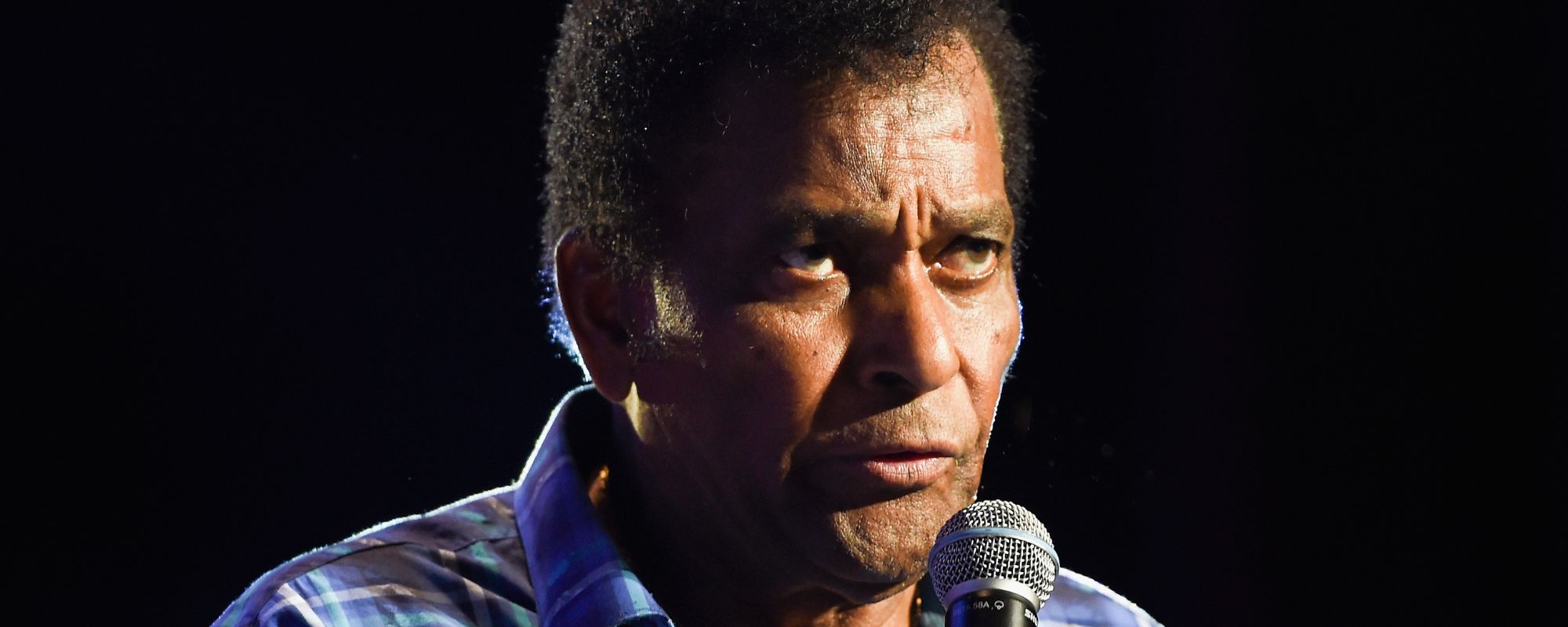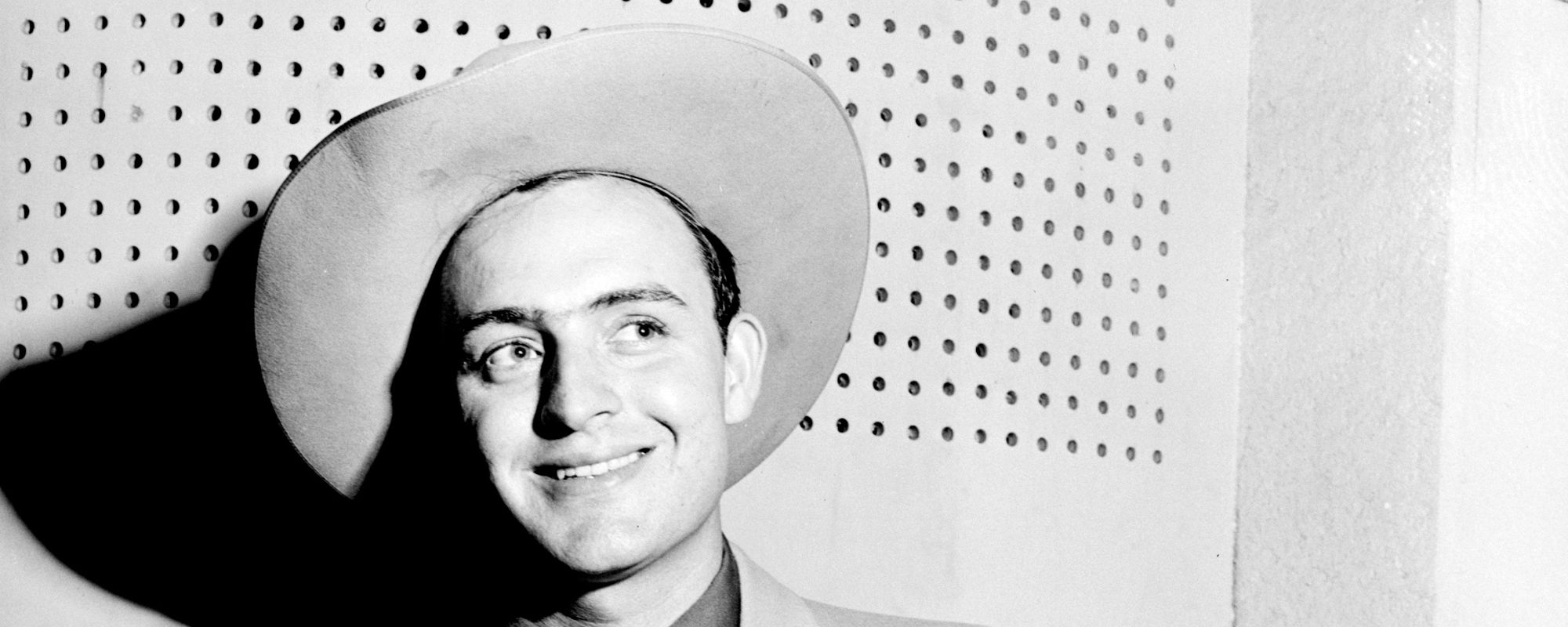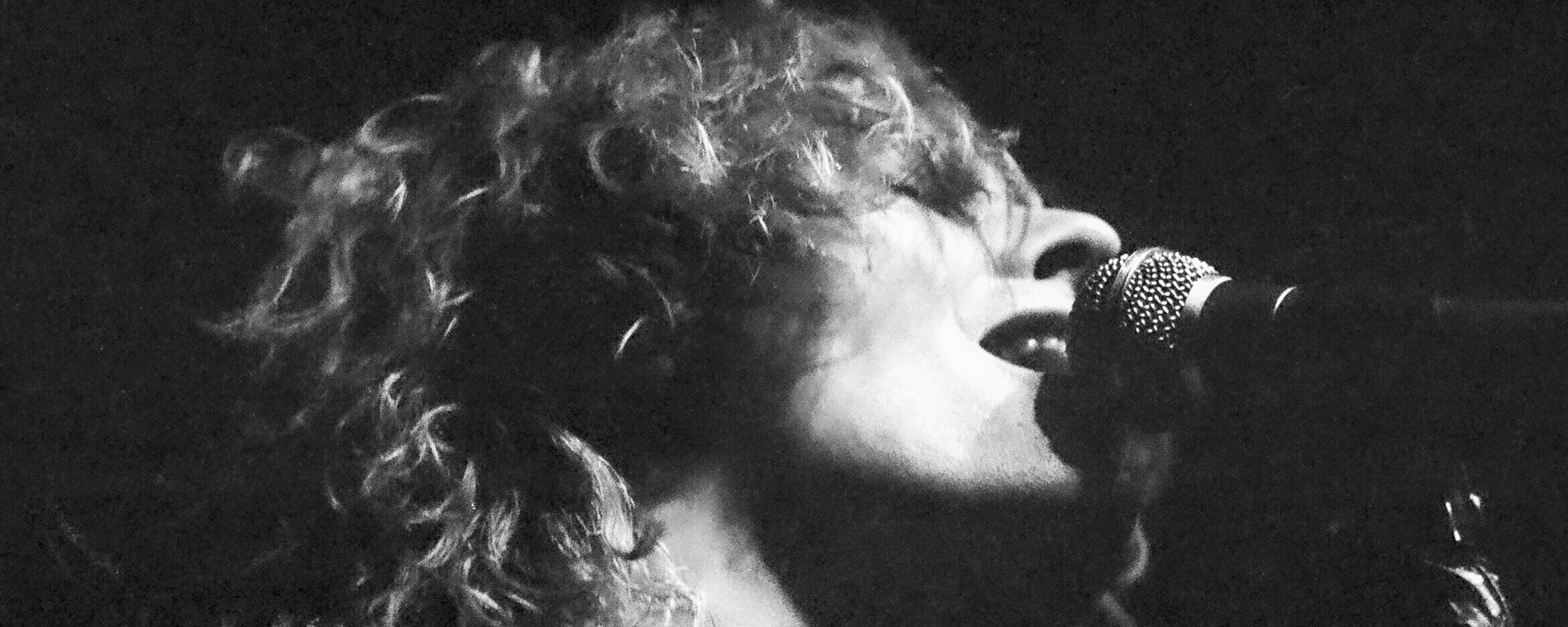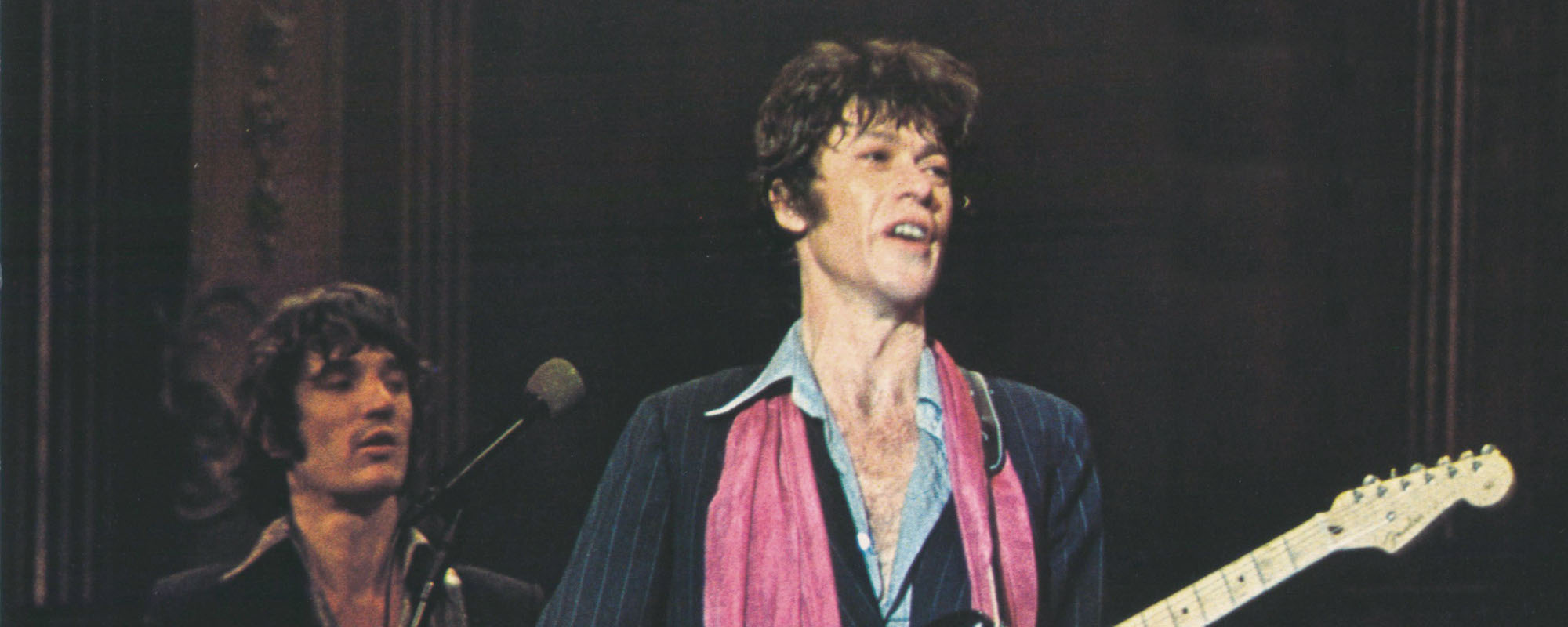Robbie Robertson was busy enough he didn’t necessarily need to get back into the business of making records. Luckily, he relocated the urge for it somewhere along the way, which resulted in his self-titled debut solo album, released in 1987.
Videos by American Songwriter
The album surprised many people in the way it traded in the back-porch intricacies of The Band’s music in favor of wide-screen artistic statements. But the core of what made it special was the songwriting, which rendered the Robbie Robertson LP very much of a piece with what he’d done before.
The Reluctant Artist Returns
Following The Last Waltz, the 1976 farewell concert that signaled the end of The Band, Robbie Robertson laid low, at least in terms of the music business. Instead, he dove headlong into the world of Hollywood, helping good buddy Martin Scorsese assemble music for his films and even starring in a movie (Carny) himself.
Around 1983, a friend suggested that instead of trying to muscle his way into the movies, Robertson should reenter the music world where he had already established himself. Thus began the process of making the Robbie Robertson LP, which would take years and a lot of record company money before it finally came to fruition.
Robertson found a backer in record exec Gary Gersh, who took the artist with from EMI to Geffen Records when Gersh made a similar move. While Robertson wrote the songs that would end up on the record, he struggled to find a producer who would help him realize the type of album he wanted to make.
Daniel Lanois was the eventual choice, which proved to be a good one. Robertson and Lanois agreed upon moving on from the downhome qualities of The Band’s music to a more modern approach with exotic instrumentation. In addition, Lanois’ connections to other clients like U2 and Peter Gabriel came in handy, as those artists (and other musicians who worked with them) joined the project.
Even in an era full of all-star rock veteran comeback records, the budget for Robbie Robertson was somewhat astronomical, giving David Geffen some agita in the process. While it wouldn’t quite do the kind of business needed to justify that expense, it certainly demonstrated Robertson could be a viable artistic force as a solo artist.
Revisiting the Music of the Robbie Robertson Album
Robertson managed to silence the doubters who wondered how he would perform as a singer, considering that was a role he largely avoided with The Band. He honed in on a style that combined talk-singing in a smoky, lower register with impassioned wailing as the notes got higher.
The collaborations were a bit of a hit-and-miss affair. “Testimony” and “Sweet Fire of Love” find Robertson a bit out of place trying to match the bombast of U2. But Peter Gabriel lends a huge hand to the otherworldly atmosphere of “Fallen Angel,” Robertson’s touching ode to fallen Band member Richard Manuel.
The best moments on Robbie Robertson are the ones that allow his songwriting excellence to grab the spotlight. “Broken Arrow” is a devotional love song with some idiosyncratic lyrical touches to set it apart. “Sonny Got Caught in the Moonlight” finds Robertson at home as usual in the story-song genre. And the youthful memories coursing through “Somewhere Down the Crazy River” are brought to vivid life by Robertson’s vocal.
As it would turn out, Robertson didn’t seem all that keen on sustaining a typical solo career, as his other interests constantly pulled him away. His debut featured all the bells and whistles you might expect when an artist of his stature returns to the foreground. But it’s the intimate moments that make Robbie Robertson such a keeper.
Photo by George Rose/Getty Images








Leave a Reply
Only members can comment. Become a member. Already a member? Log in.